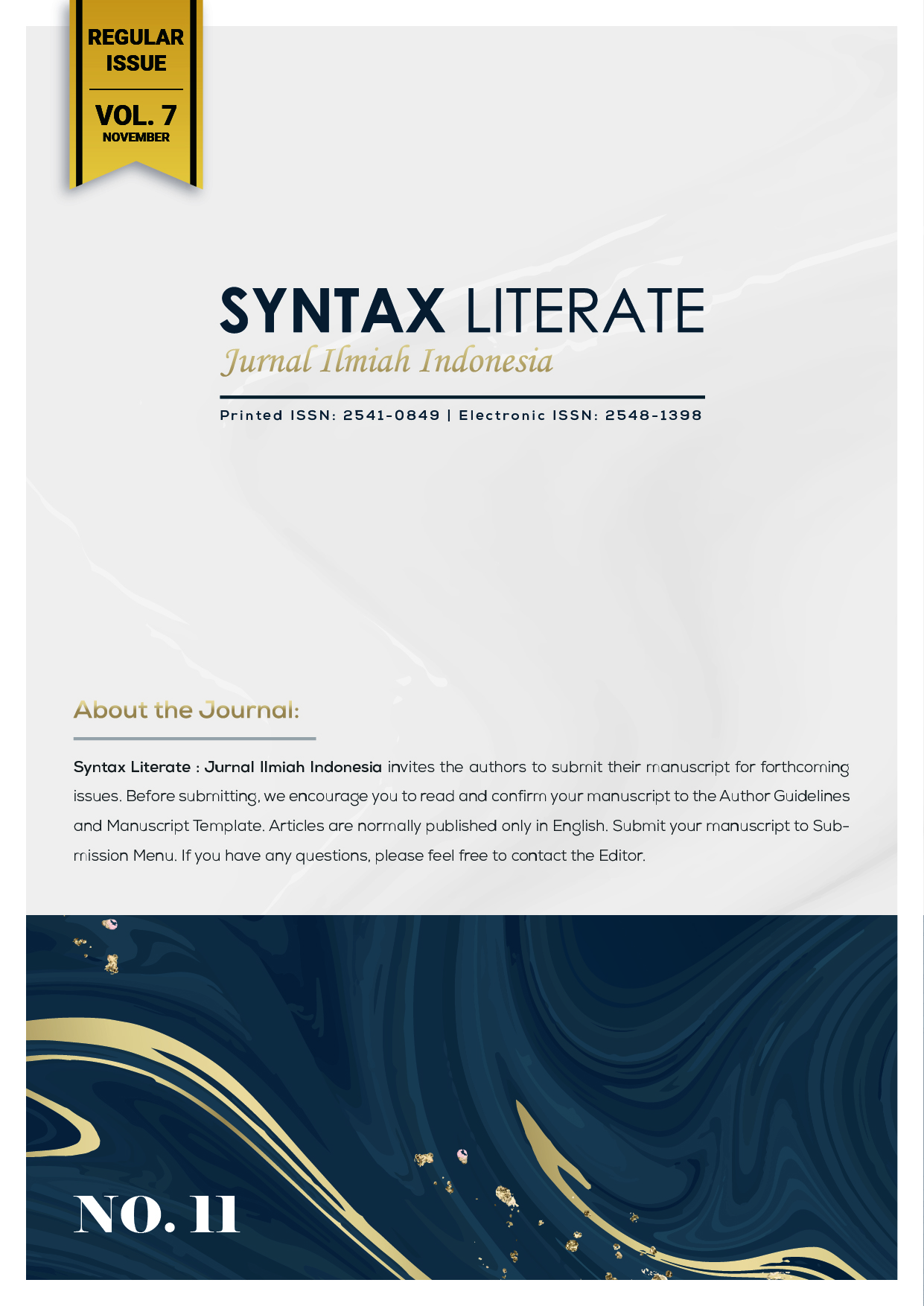ANALISIS PORTFOLIO INVESTASI BPKH UNTUK MENJAGA SUSTAINABILITY KEUANGAN HAJI
Abstract
Fair in Hajj finances when BPKH is able to guarantee that all prospective pilgrims (waiting list) are guaranteed departure. The challenge of maintaining the financial sustainability of the Hajj is getting tougher considering that the Hajj Organizing Cost (BPIH) continues to increase while the amount of funds deposited by pilgrims in the form of Hajj Travel Costs (bipih) tends to remain constant. Sustainability can be met as long as the need for BPIH can be covered with bipih deposits and the value of benefits generated from AUM managed by BPKH. BPIH has a cost structure of 95% in foreign currency while 96% of investment and placement assets are denominated in rupiah. BPIH is influenced by exogenous variables that cannot be managed by BPKH considering that there is no investment portfolio directly related to Hajj service activities in KSA. This research aims to determine the minimum yield required from AUM to maintain sustainability, the financial condition of BPKH during this year is estimated with the portfolio pattern as currently by BPKH and to determine the financial condition of BPKH if the AUM portfolio is in accordance with the limits required by PP No. 5 2018. The research uses the latest summary data for 2022 as a database. Then an assessment is made of all independent variables that affect the minimum value of benefits needed to be compared with the assessment of the benefits that can be obtained from the existing portfolio and if using the AUM BPKH portfolio scenario that has been adjusted to the investment limits. In accordance with the assessments and analysis of the gap, the Hajj finances in 2023 have experienced a deficit. By allocating investment in the business sector related to pilgrimage, at least it can increase the average yield from 6.7% per year to 8.58% per year. in 2023. Scenario 2 also concludes that investment in class assets that are directly related to pilgrimage can provide a natural currency hedging function as well as protection against changes in product and service prices (cost hedging).
Downloads
Copyright (c) 2022 sidiq haryono haryono, ida busneti

This work is licensed under a Creative Commons Attribution-ShareAlike 4.0 International License.











